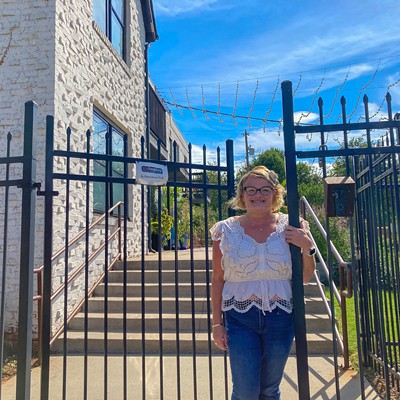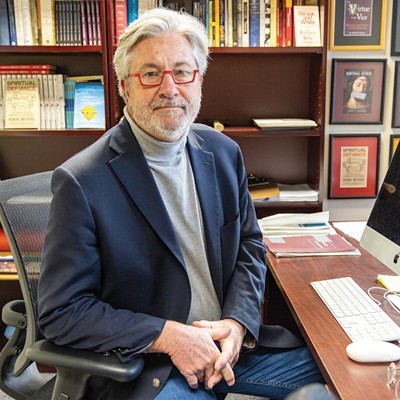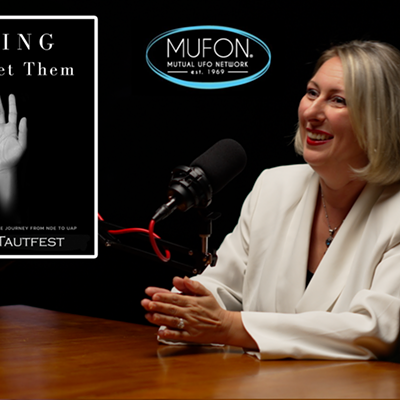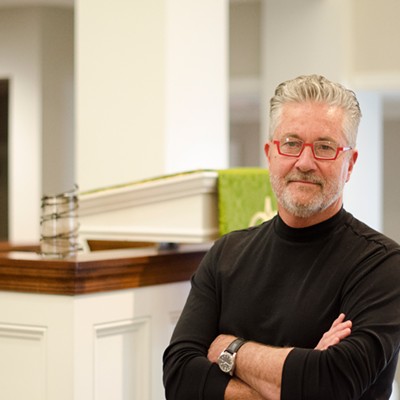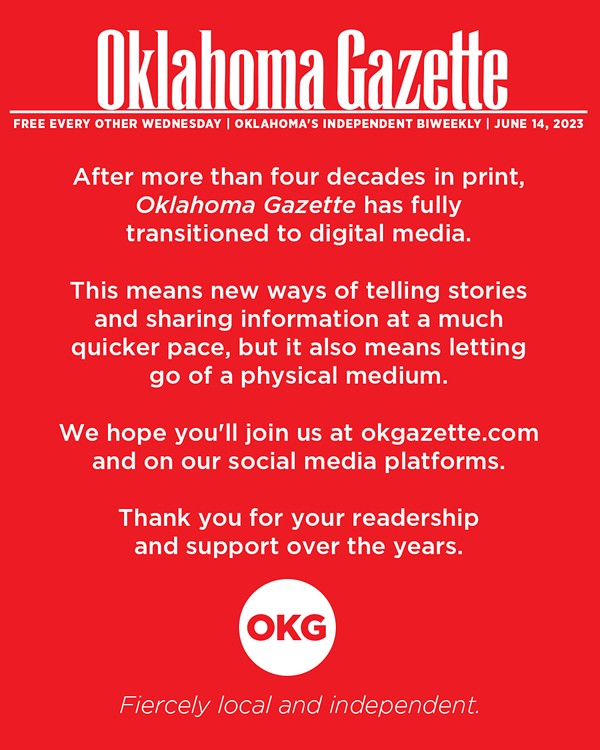Especially in these challenging economic times, we must be even more focused on being good stewards of our resources and frugal in our planning.
We are now trying to decide what would be the best way forward for Stage Center. Once again damaged by flooding and by subsequent deterioration, this aging facility is in need of millions of dollars of repairs to return to its previous mediocre level of service, and millions more to actually upgrade the more than 40-year-old facility to a state-of-the-art venue for our community.
The first, best choice would be to build a new facility.
Now is the time to consider what would be the wisest investment. Rather than try to “put a patch” on a facility that comes with so many challenges, perhaps we should consider a couple of other options.
The first, best choice would be to build a new facility — a multi-space venue that would accommodate a wide variety of performing arts groups. Perhaps a three-space complex, with a small “black-box” theater seating around 200, a larger “thrust” stage seating around 325 and a traditional proscenium seating between 750 and 1,000.
This facility could share a common lobby area for interaction before and after performances by different audience members and arts patrons, as well as having a shared scene shop, costume shop and props shop that could help meet the needs of several performing arts groups — professional theaters, community theaters, university theaters, ballet and many others.
Such a facility would be integrated into the overall downtown renewal and would serve as a focal point for our arts community — a crown jewel in the redevelopment of our city. It would well serve our community for decades to come, economically, educationally and aesthetically. Built to meet LEED standards, it would be more energy efficient than Stage Center can ever be retrofitted to be, solving another of the critical problems that has vexed that venue since its inception.
While the initial cost of this project might be more than trying to limp along with the current facility — until the next storm — the long-term value is much greater.
An example of this kind of planning is our own Civic Center Music Hall, which has repaid our investment through economic activity and its
contributions to our community’s quality of life.
This leads to a second alternative:
For a relatively modest cost, and much less than building a new facility from scratch, the Civic Center could renovate the beautiful but aging Freede Little Theatre as well as add an additional flexible black-box space and the needed shop areas within that building. With a well-trained, knowledgeable and experienced staff, and with the vast majority of our performing arts groups already using that facility, this would be a smart investment that would serve our community at a lower cost than creating the new theater from the ground up.
I think both of these options deserve close consideration as more prudent alternatives to attempting yet another short-term, limited fix on Stage Center.
Jordan is the artistic director of Oklahoma City Repertory Theatre.


